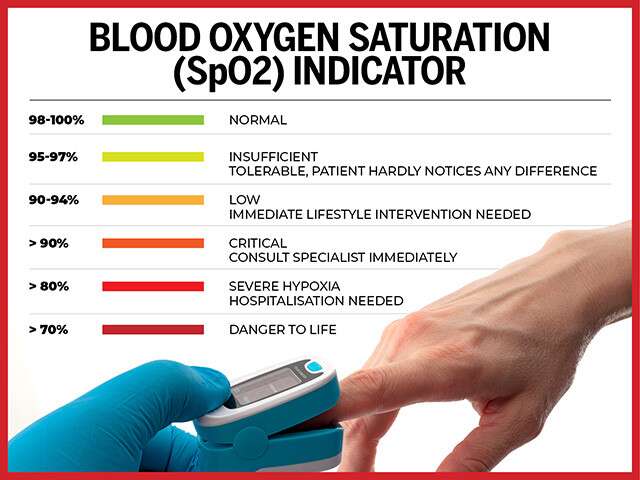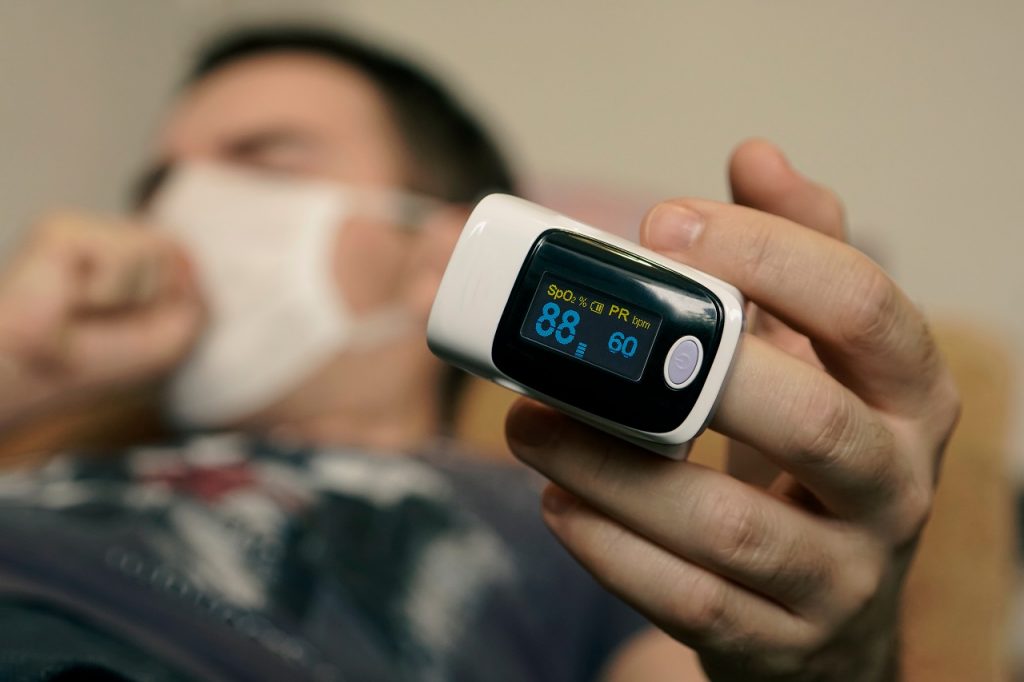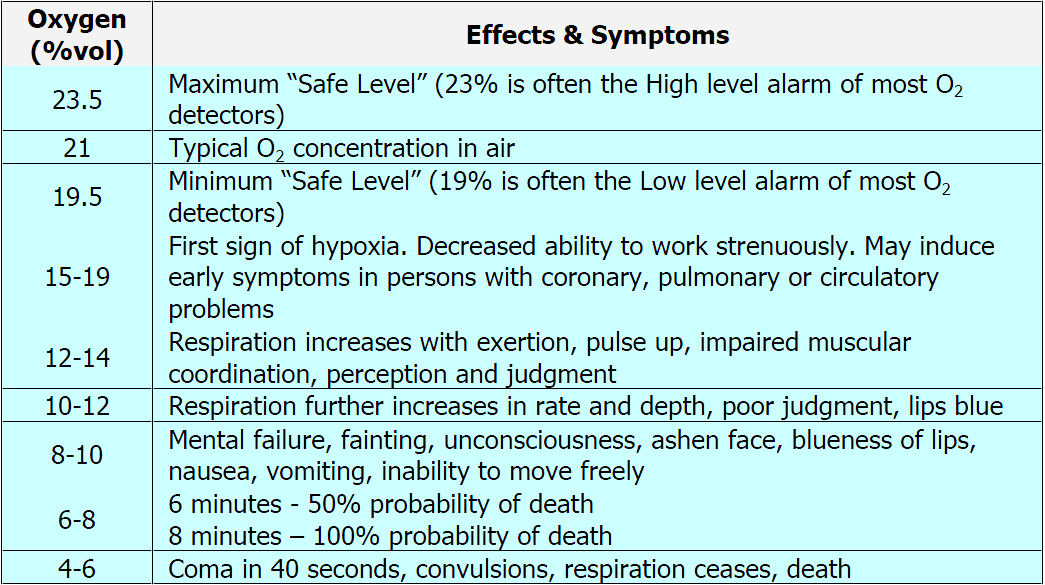Oxygen is one of the most essential elements for human survival. Our body needs oxygen to perform various functions such as breathing, digestion, and circulation. However, when the oxygen levels in our body are low, it can lead to various health issues. In this article, we will discuss what happens when oxygen levels are low in the body and how it can be treated.
Causes of Low Oxygen Levels
Low oxygen levels can be caused by various factors such as lung diseases, heart diseases, sleep apnea, high altitude, and carbon monoxide poisoning. Lung diseases such as chronic obstructive pulmonary disease (COPD), emphysema, and asthma can cause low oxygen levels as they affect the ability of the lungs to absorb oxygen. Heart diseases such as heart failure and coronary artery disease can also lead to low oxygen levels as the heart is unable to pump enough oxygen-rich blood to the body.
Sleep apnea is a sleep disorder that can cause low oxygen levels as it causes repeated pauses in breathing during sleep. High altitude can also cause low oxygen levels as the air pressure decreases at higher altitudes, making it harder for the lungs to absorb oxygen. Carbon monoxide poisoning is another cause of low oxygen levels as it reduces the amount of oxygen that can be carried by the blood.
Symptoms of Low Oxygen Levels

Low oxygen levels can cause various symptoms such as shortness of breath, rapid breathing, wheezing, coughing, chest pain, confusion, headache, and fatigue. In severe cases, low oxygen levels can lead to loss of consciousness and even death.
Treatment for Low Oxygen Levels

The treatment for low oxygen levels depends on the underlying cause. In cases of lung diseases, medications such as bronchodilators and steroids may be prescribed to improve the function of the lungs. Oxygen therapy may also be used to provide additional oxygen to the body. In cases of heart diseases, medications such as diuretics and ACE inhibitors may be prescribed to improve the function of the heart. In severe cases, surgery may be required to treat the underlying condition.
In cases of sleep apnea, continuous positive airway pressure (CPAP) therapy may be used to keep the airway open during sleep. In cases of high altitude, acclimatization and supplemental oxygen may be used to improve oxygen levels. In cases of carbon monoxide poisoning, immediate removal from the source of exposure and oxygen therapy may be used to treat the condition.
Preventing Low Oxygen Levels

Preventing low oxygen levels involves taking care of your respiratory and cardiovascular health. Regular exercise, a healthy diet, and avoiding smoking can help maintain good lung function. Regular check-ups with a doctor can also help detect any underlying conditions early on. In cases of high altitude, it is important to acclimatize properly and avoid rapid ascents. Proper ventilation and carbon monoxide detectors can also help prevent carbon monoxide poisoning.
Conclusion
Low oxygen levels can lead to various health issues and can even be life-threatening in severe cases. It is important to be aware of the causes and symptoms of low oxygen levels and seek medical attention if necessary. Taking care of your respiratory and cardiovascular health can also help prevent low oxygen levels.